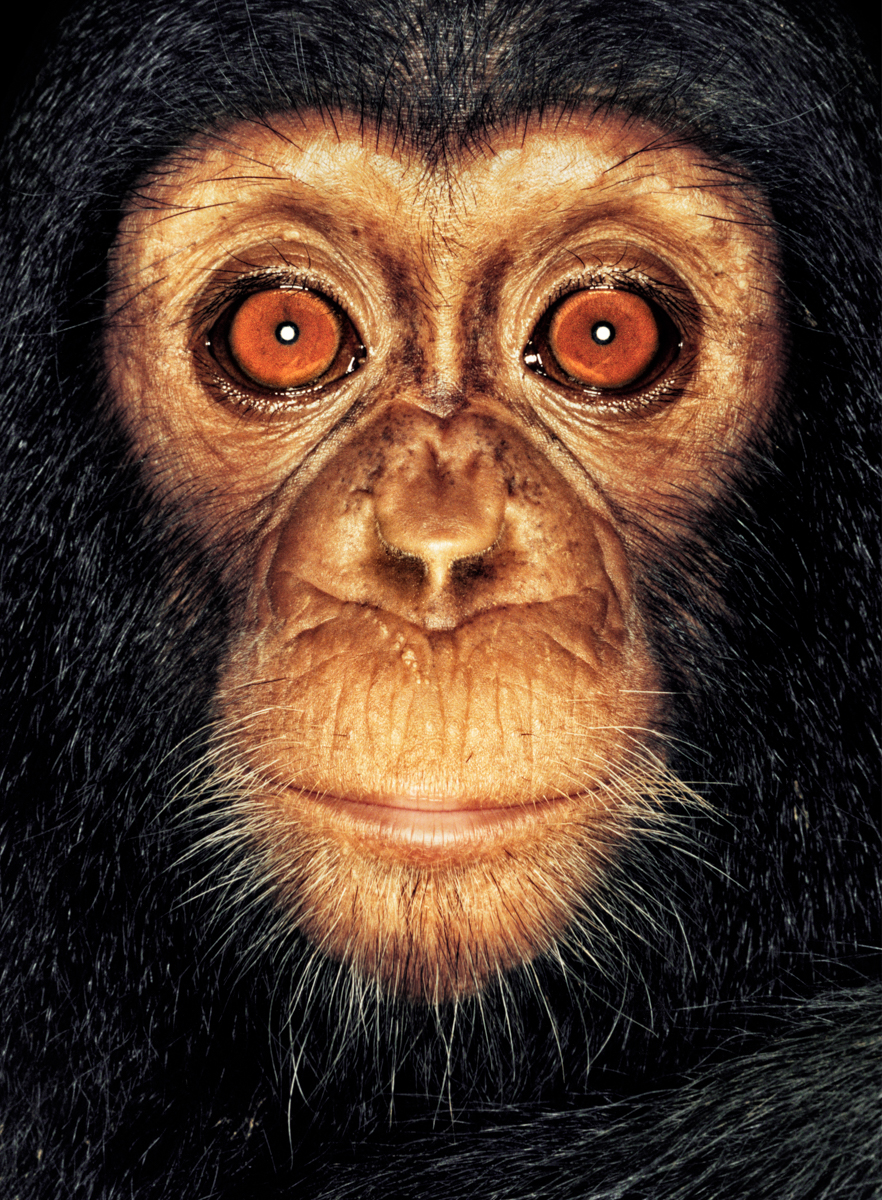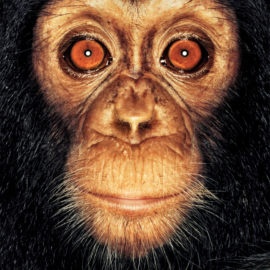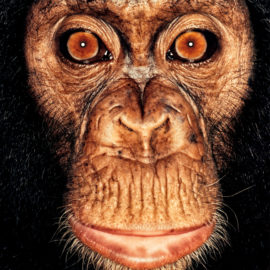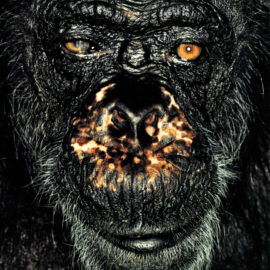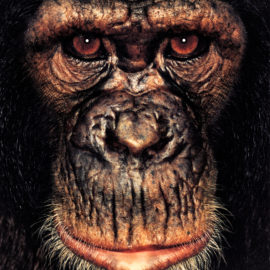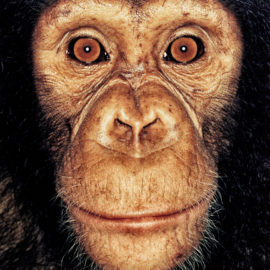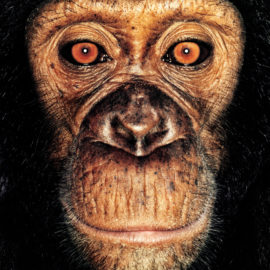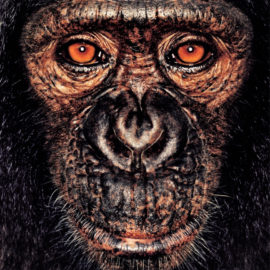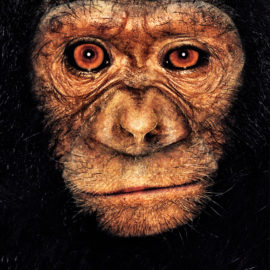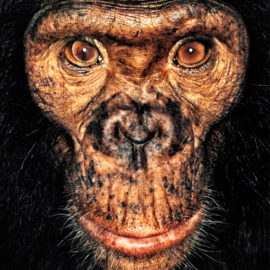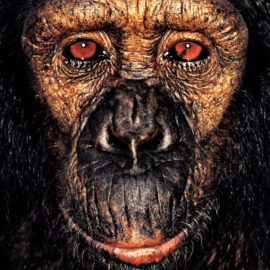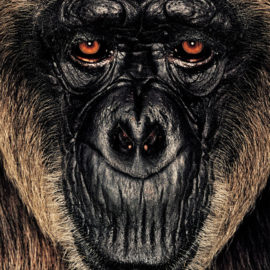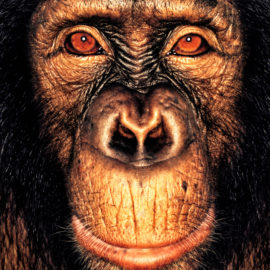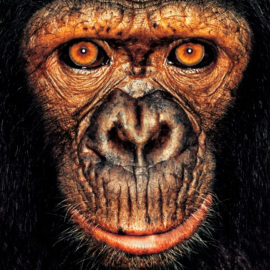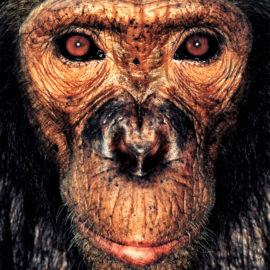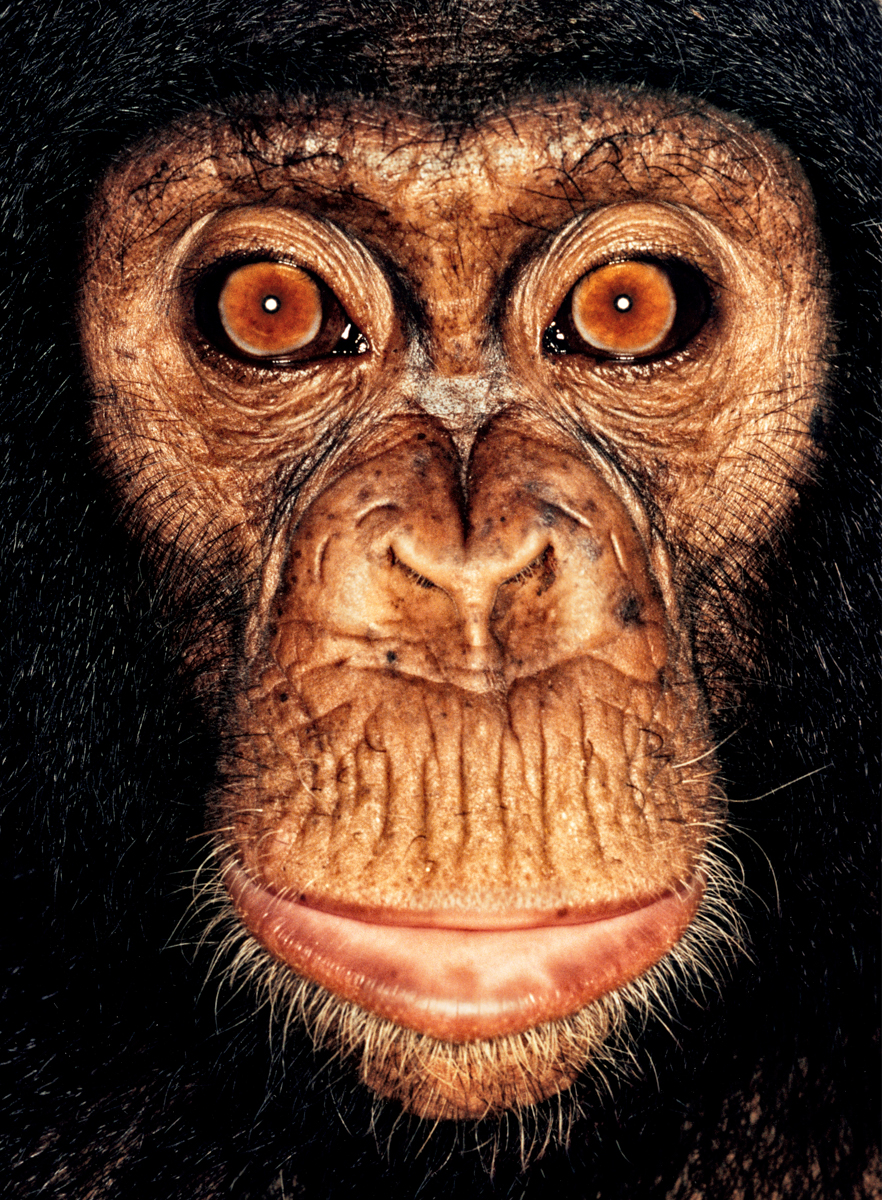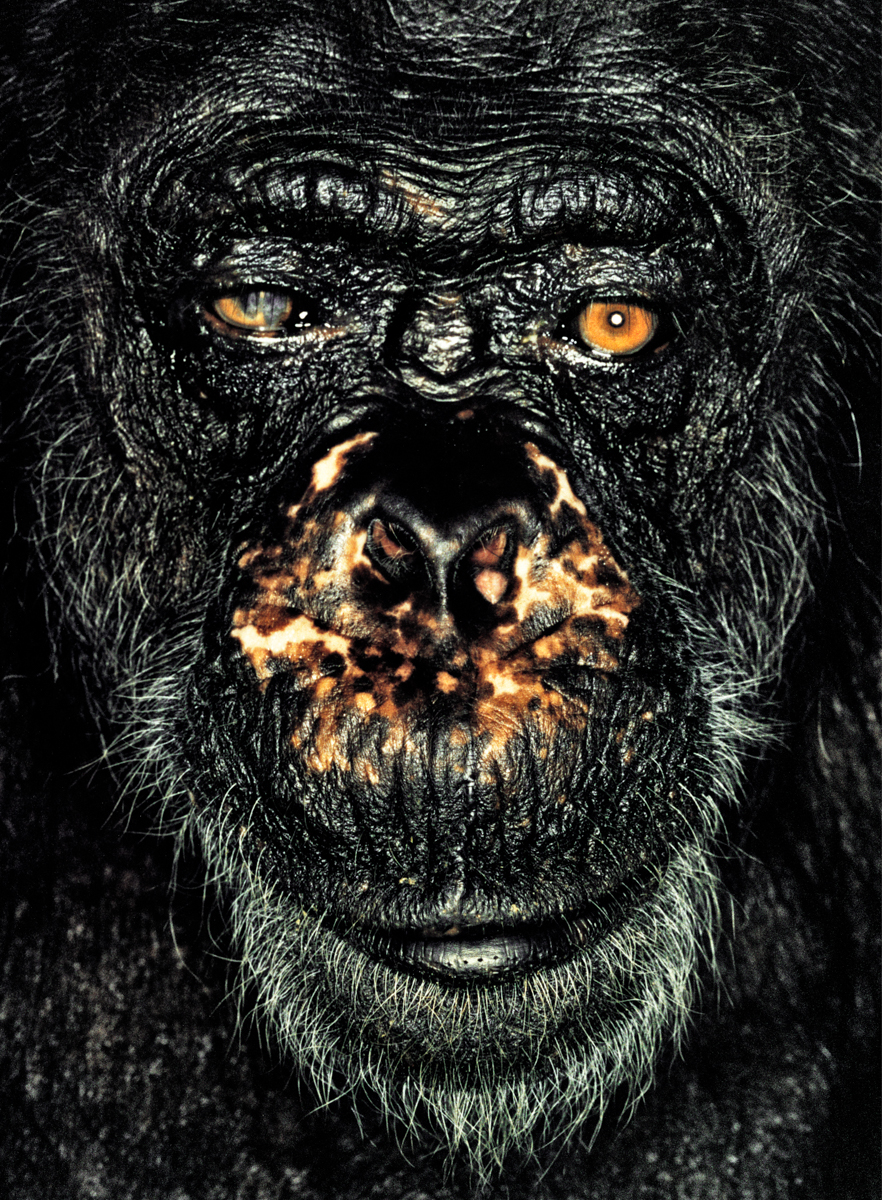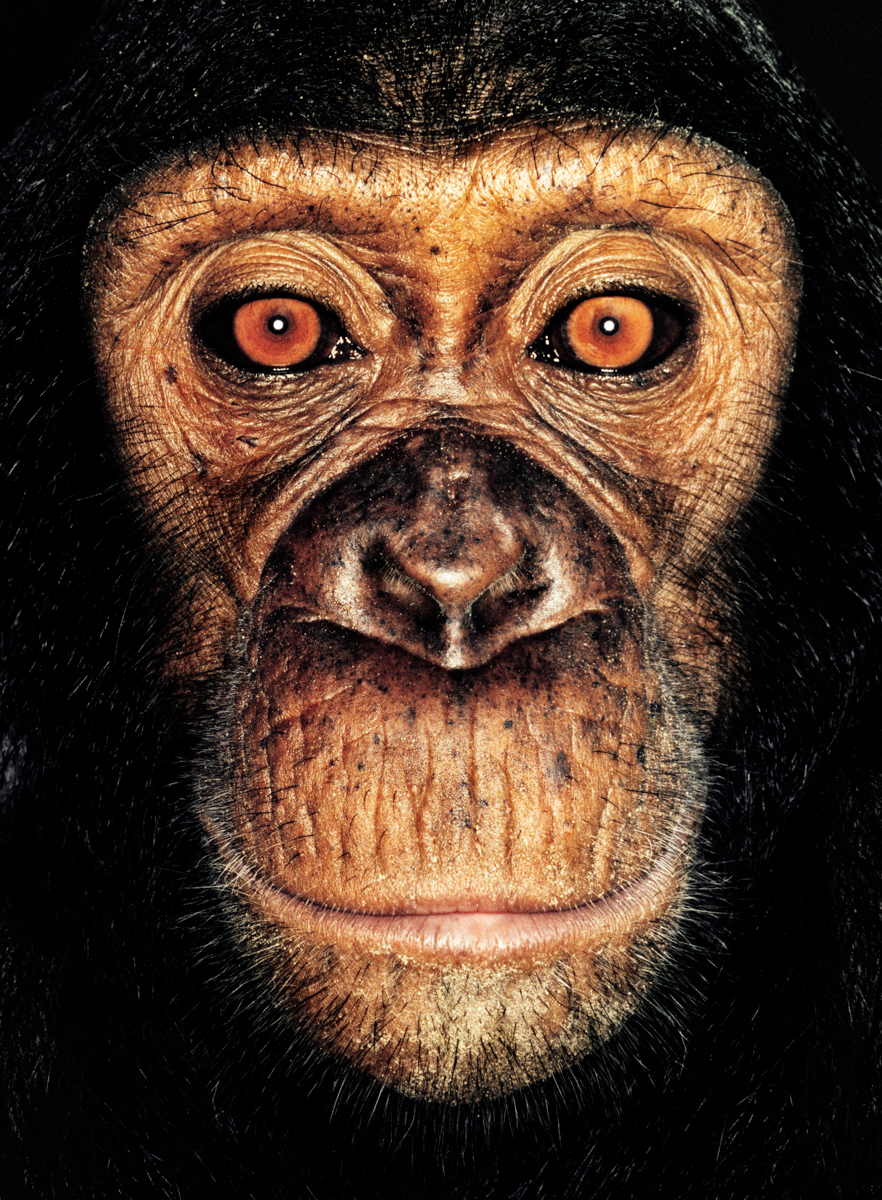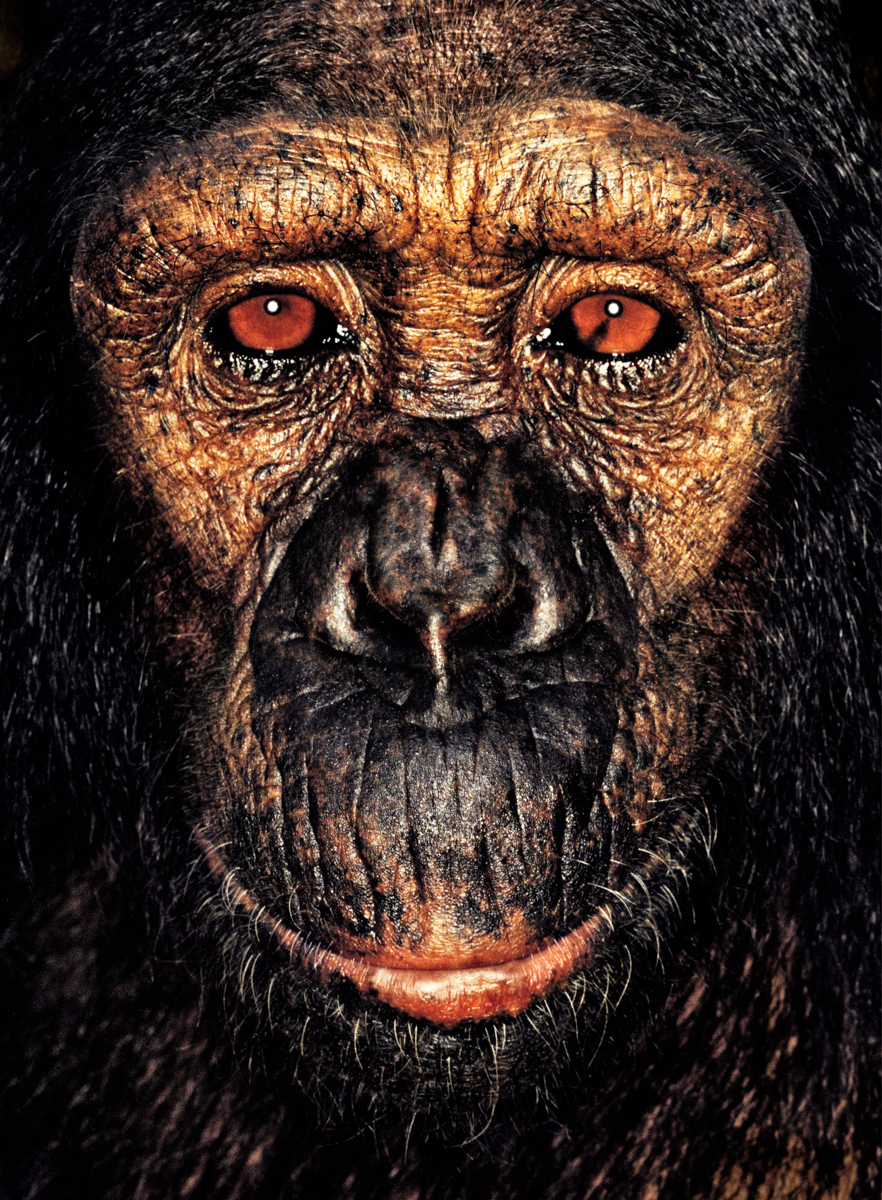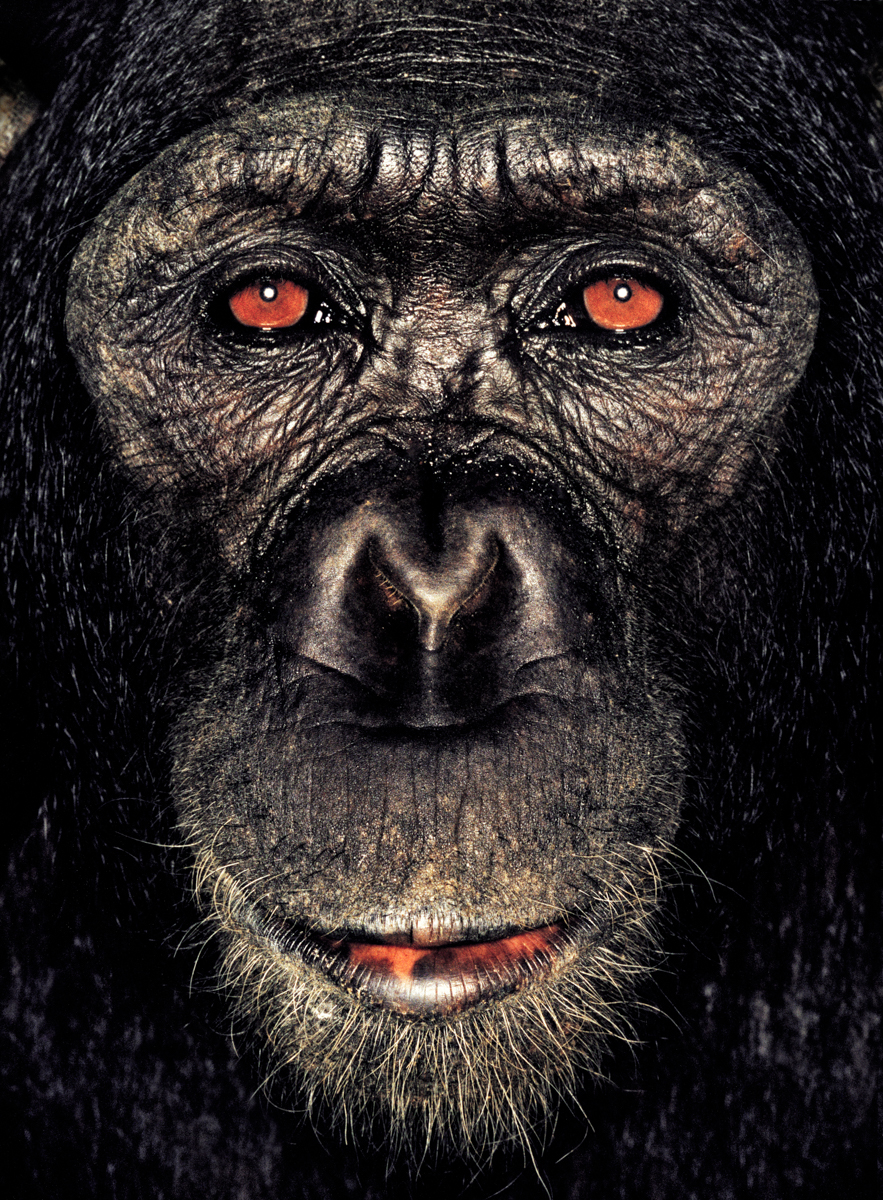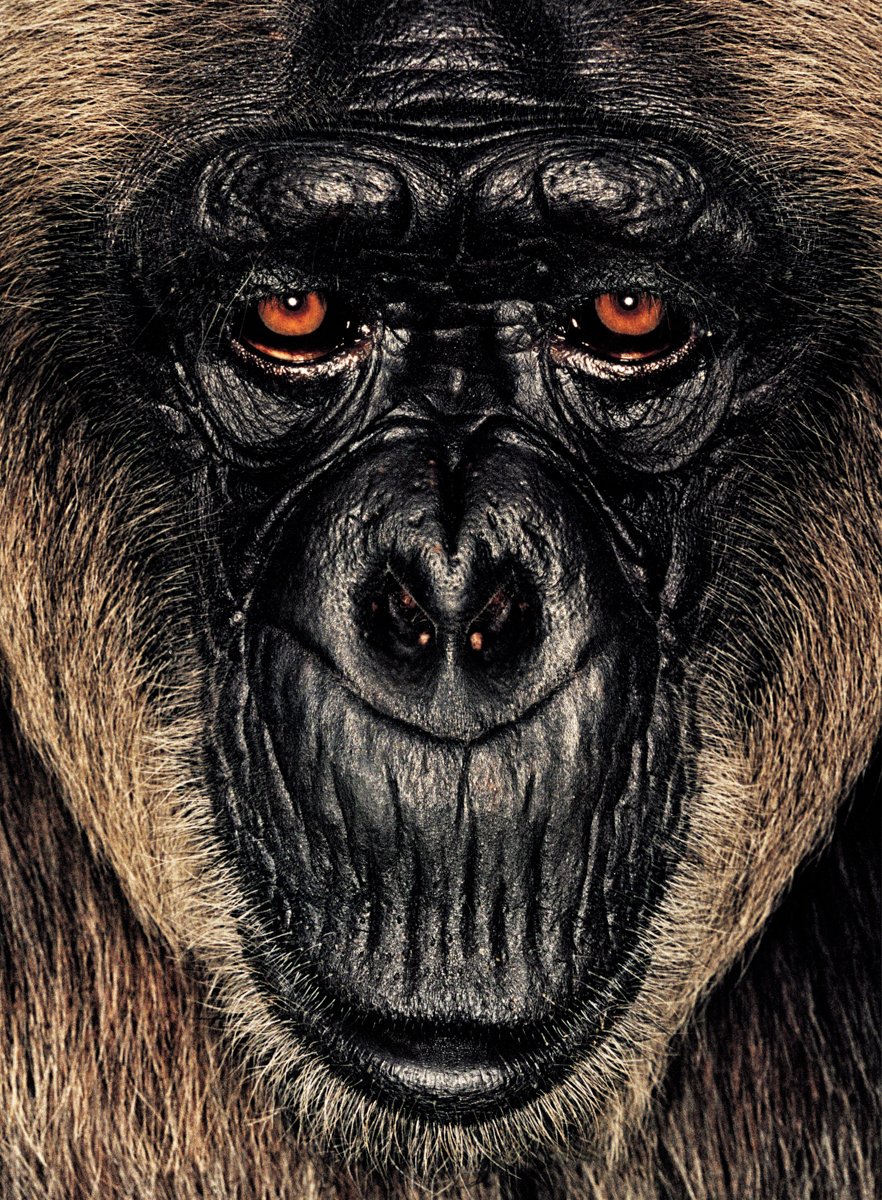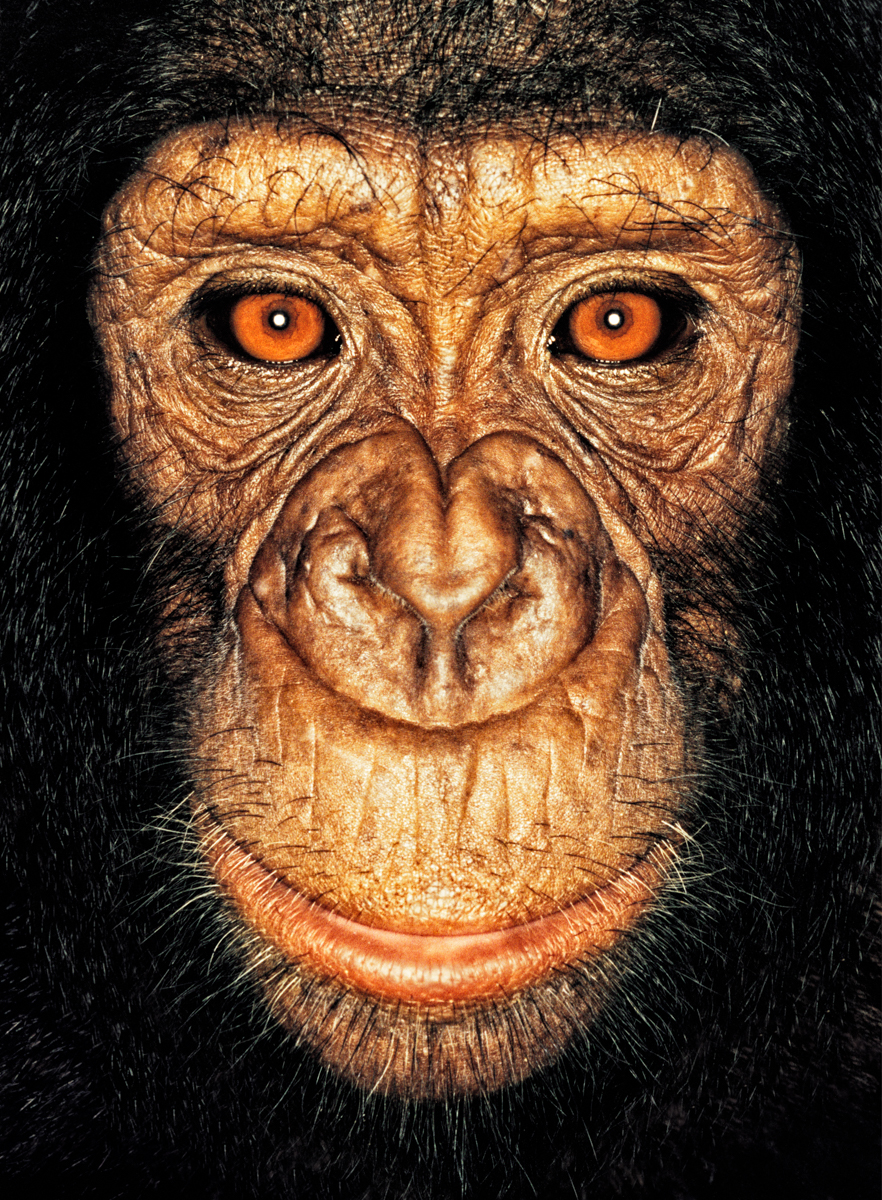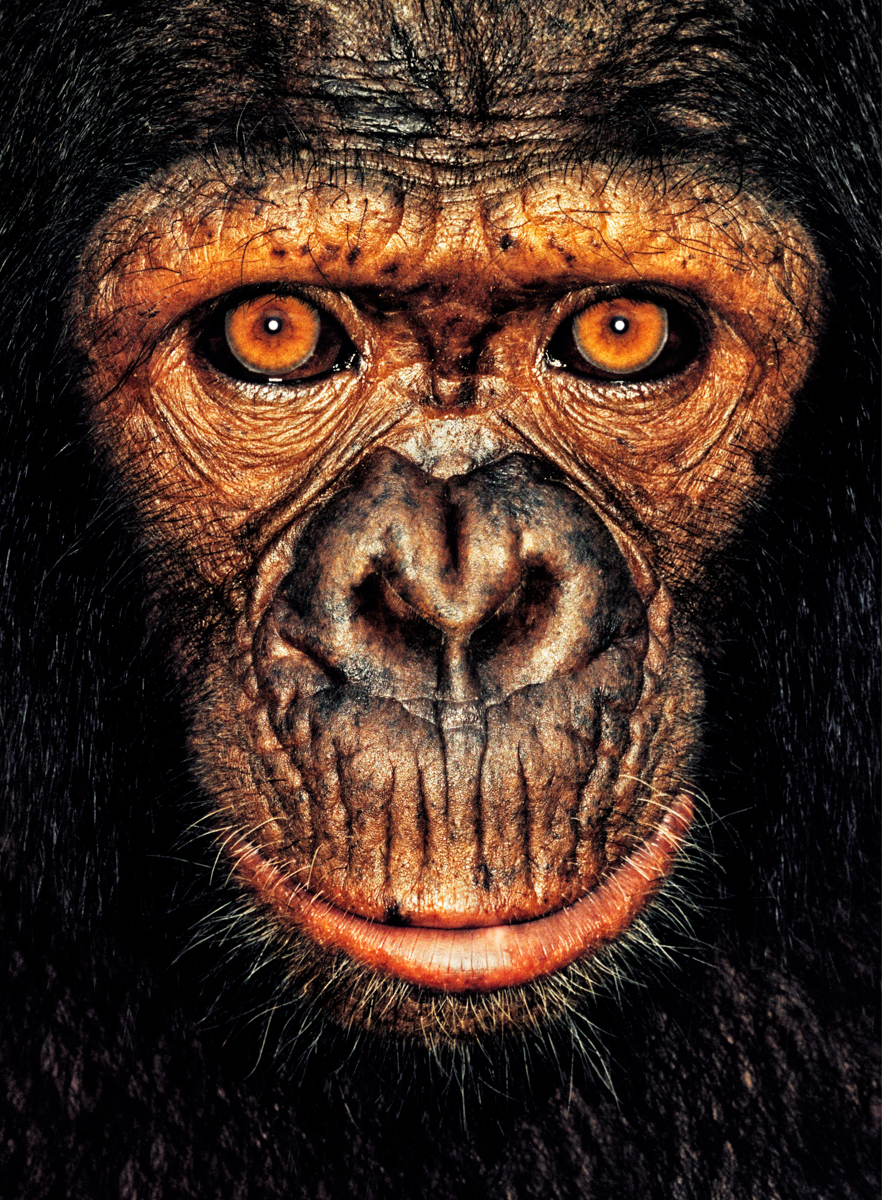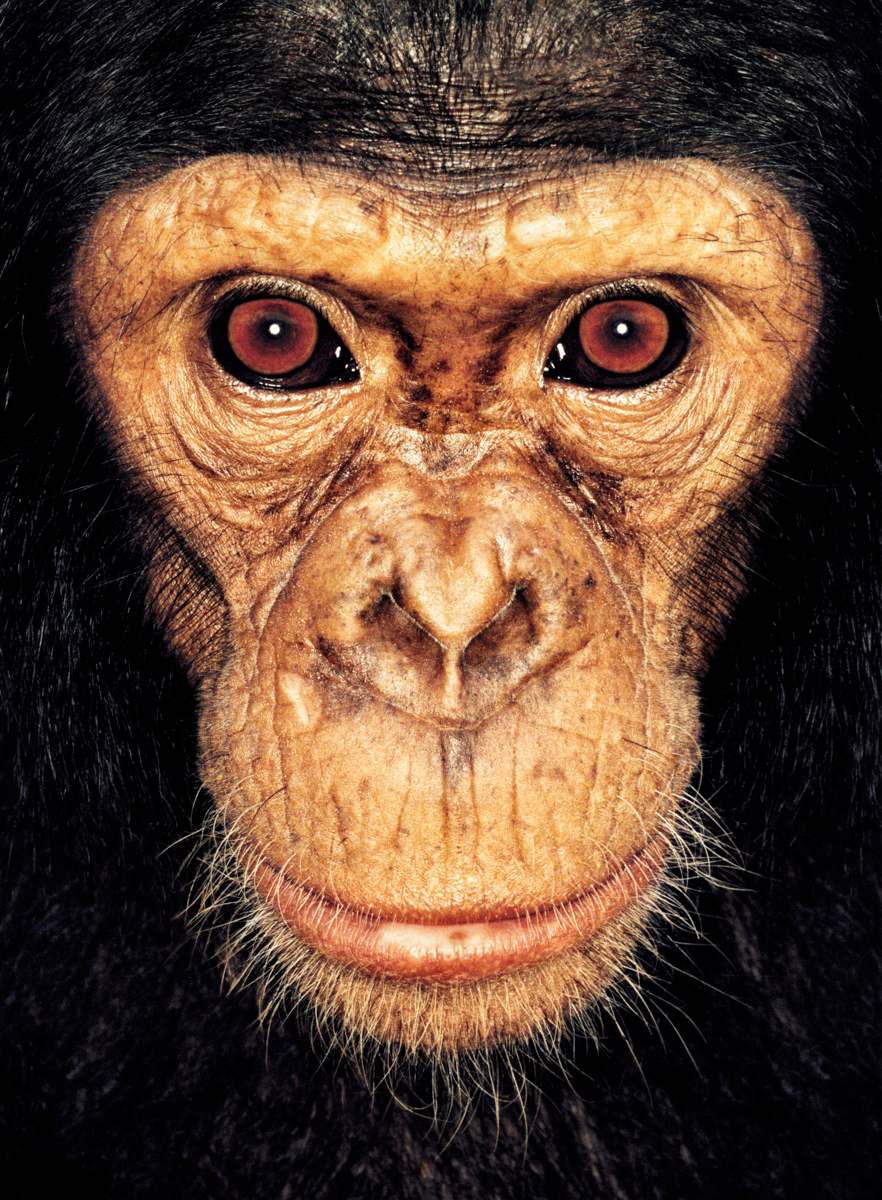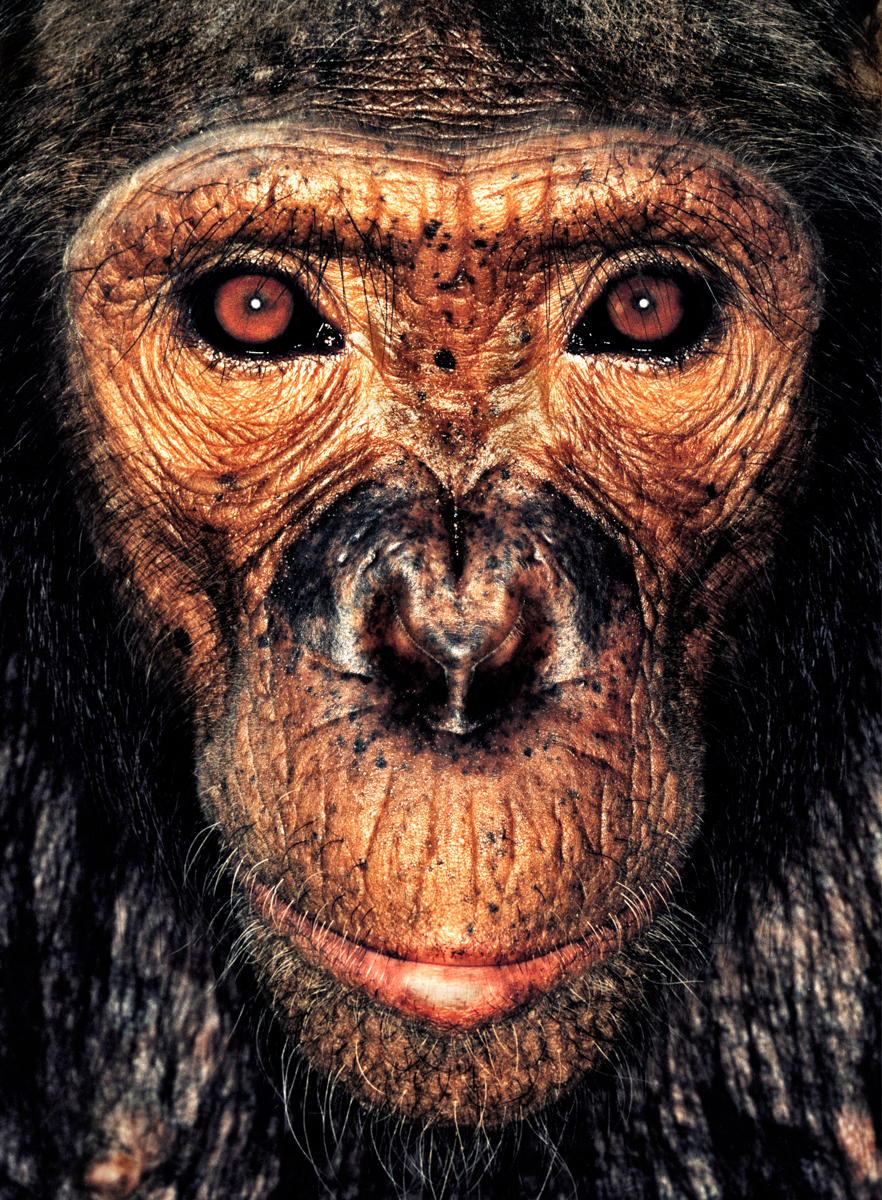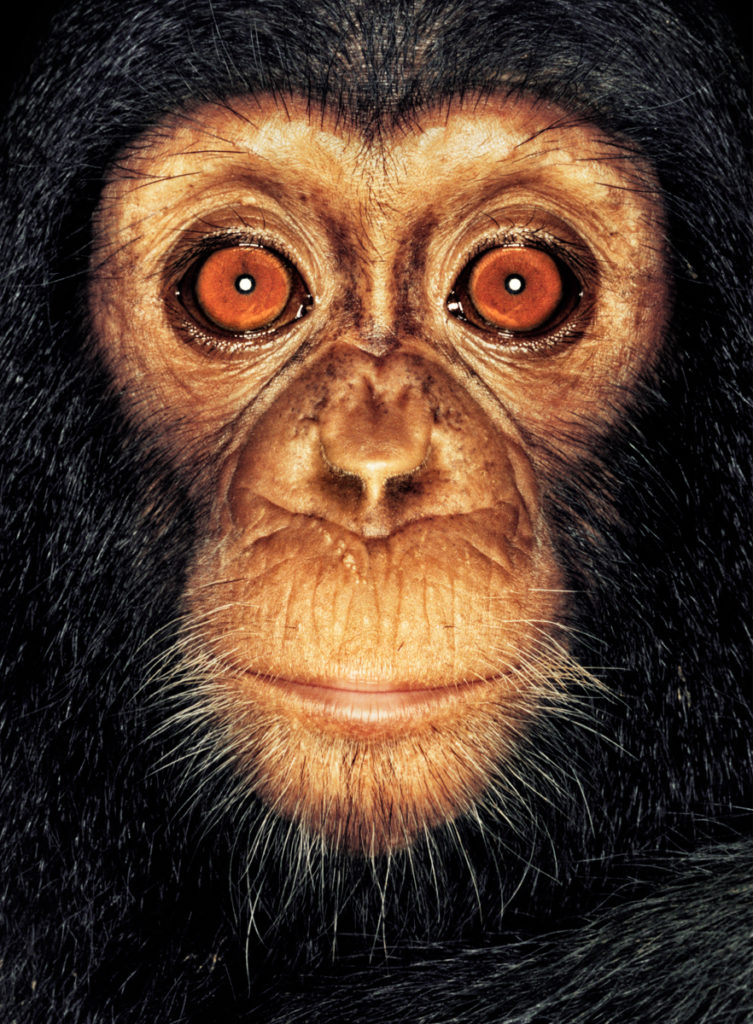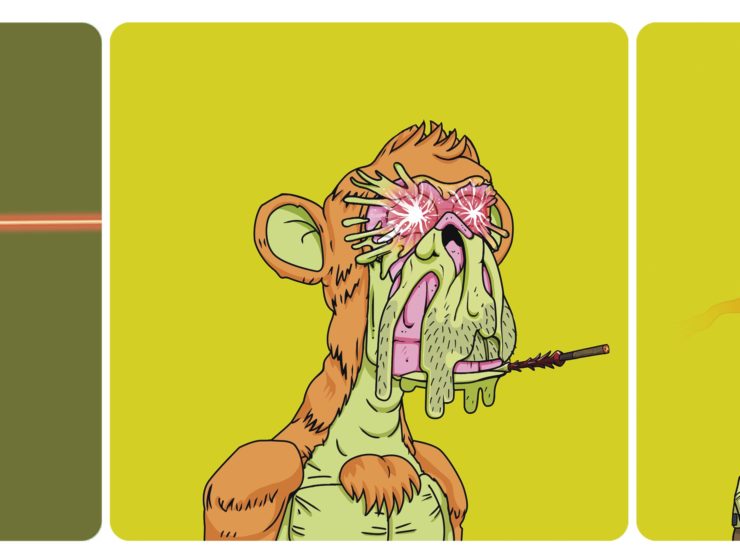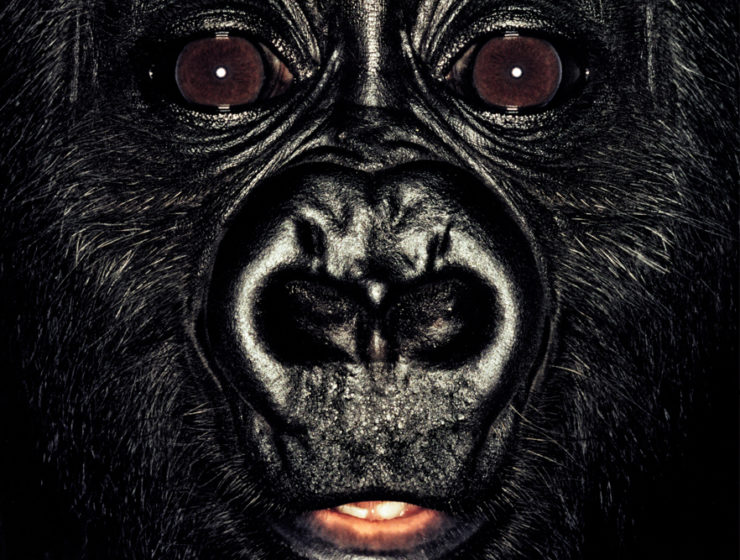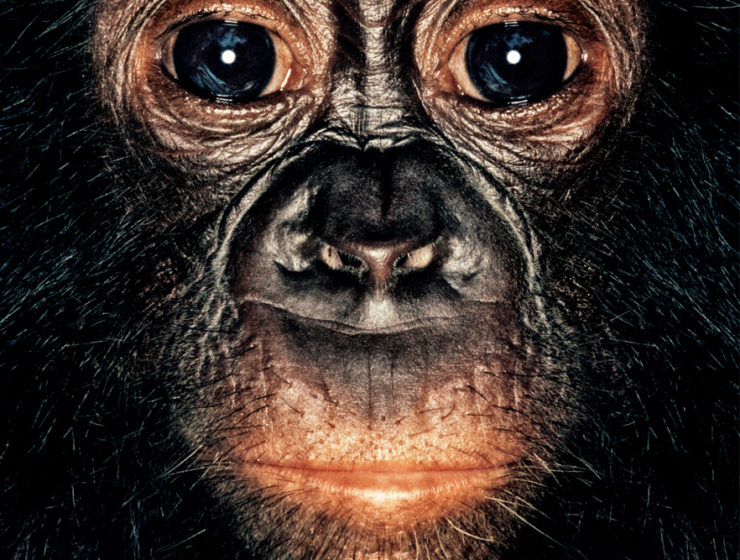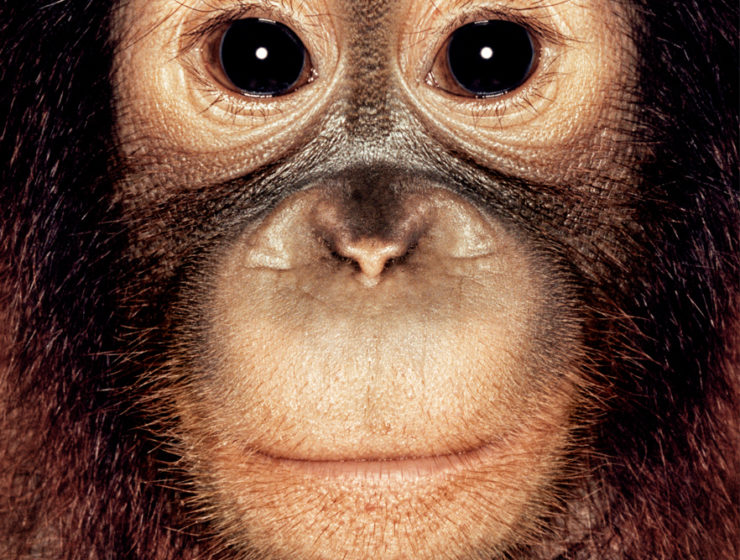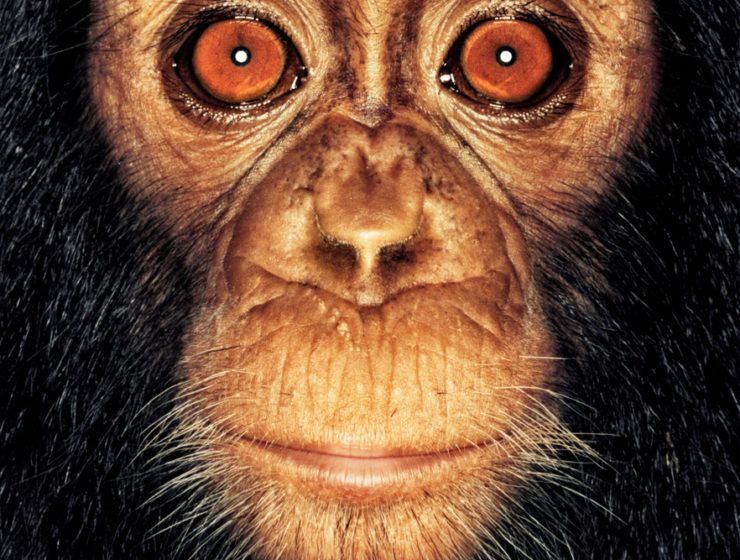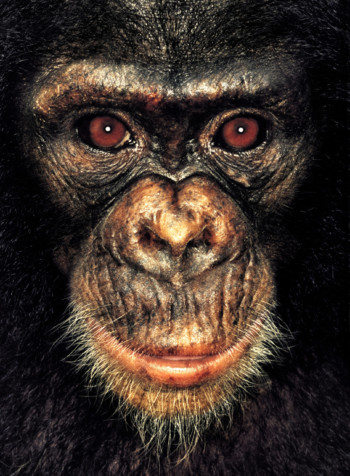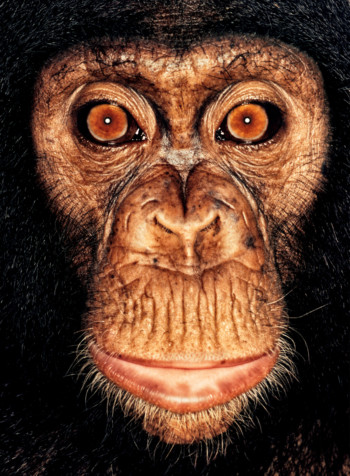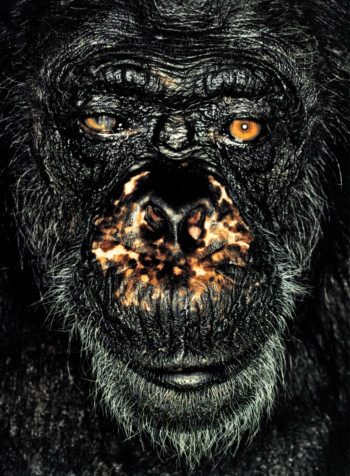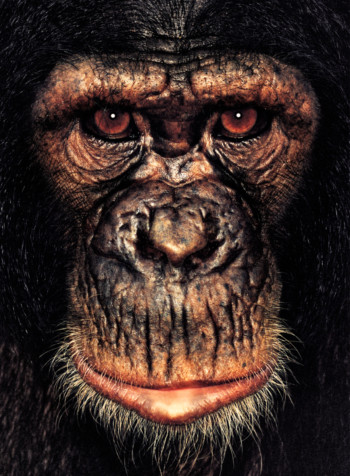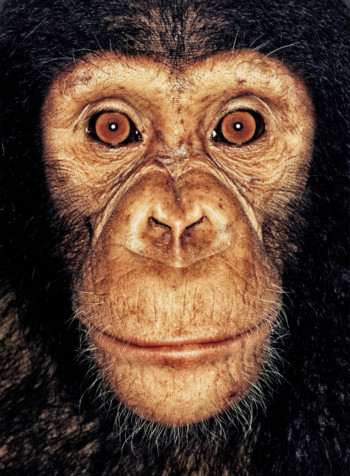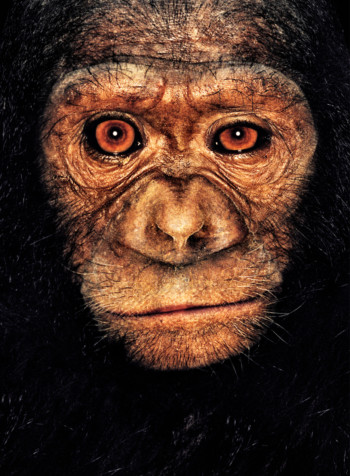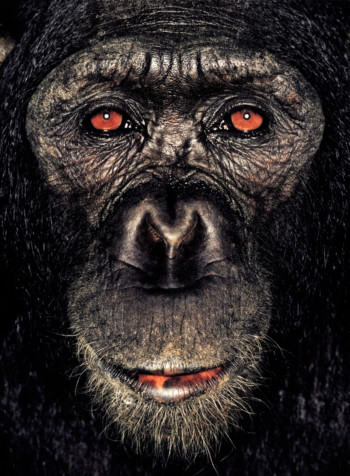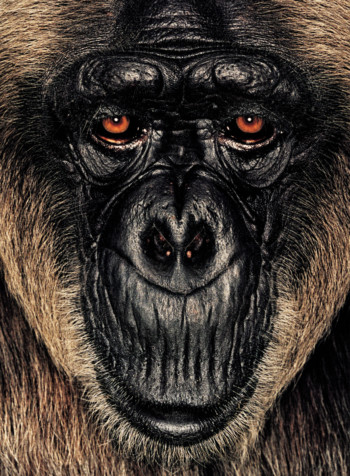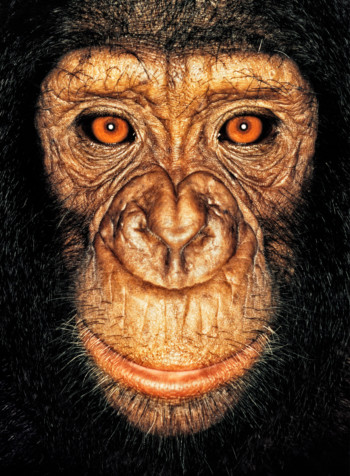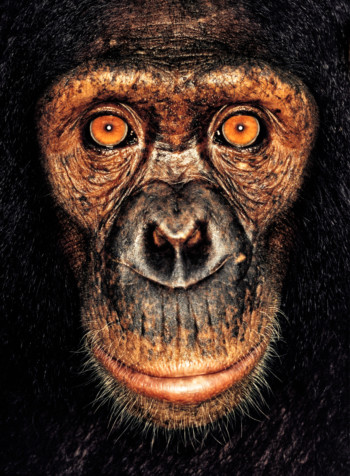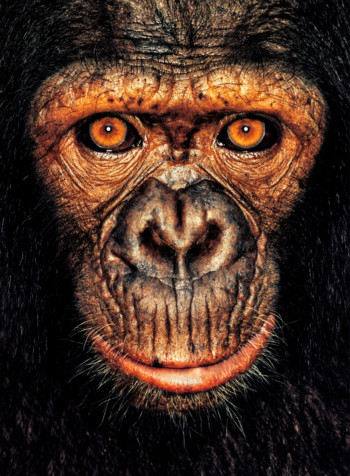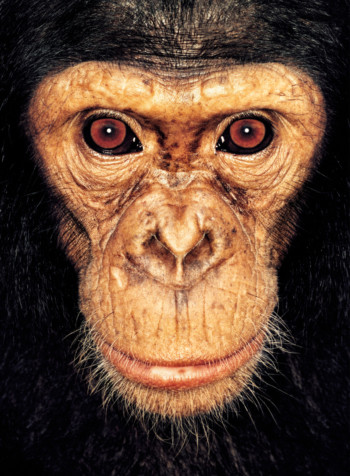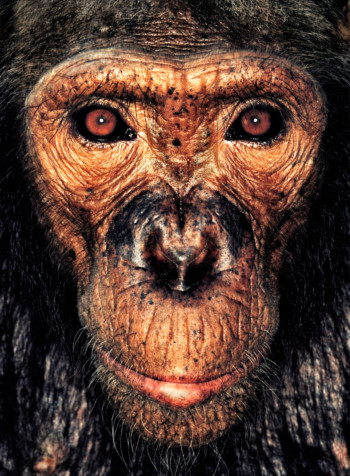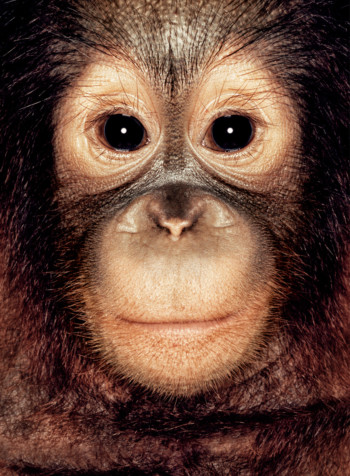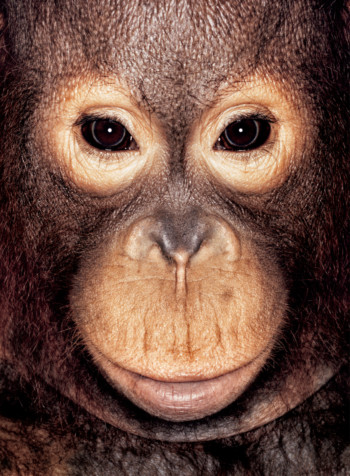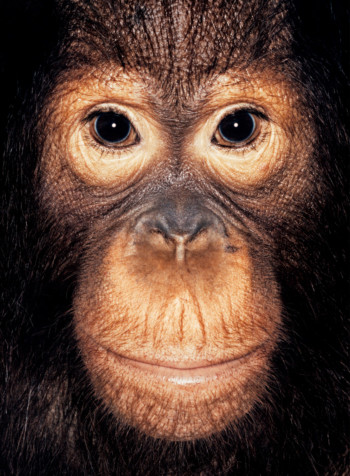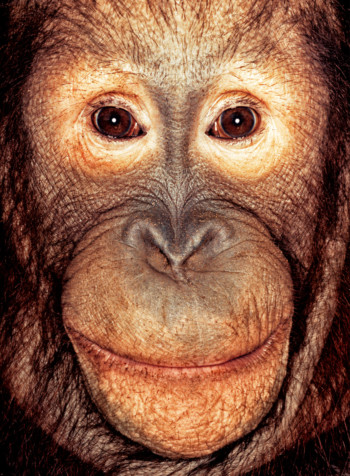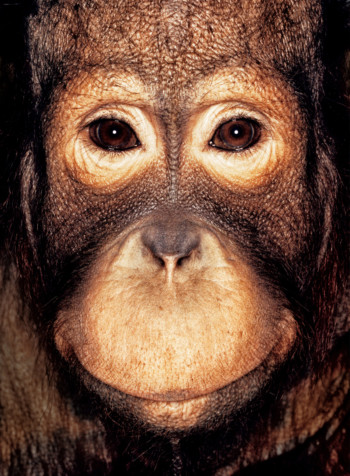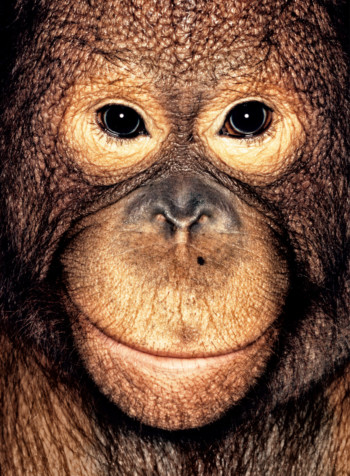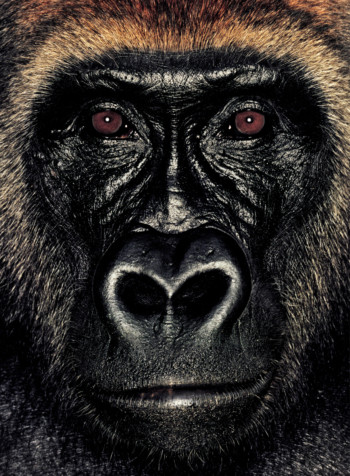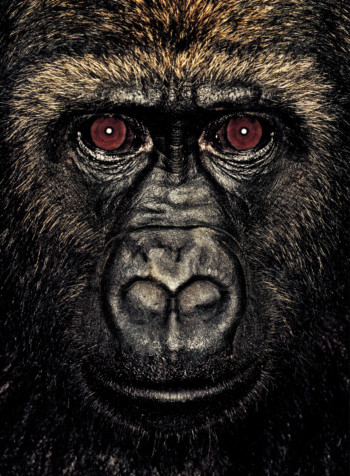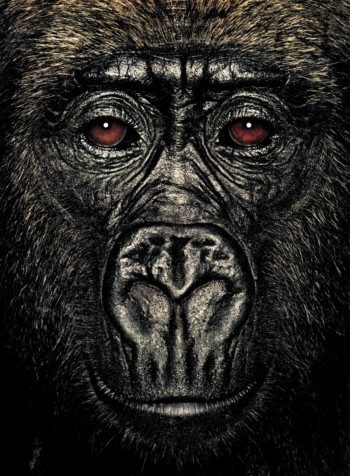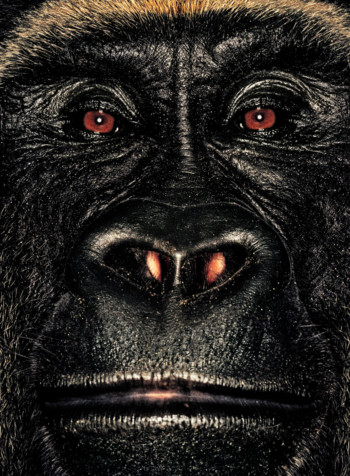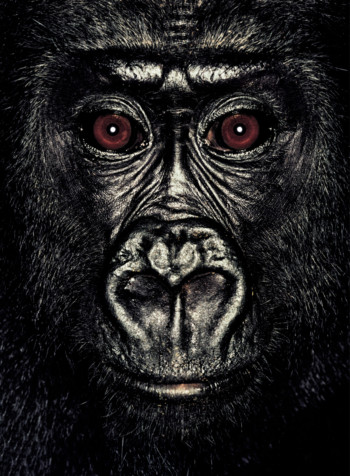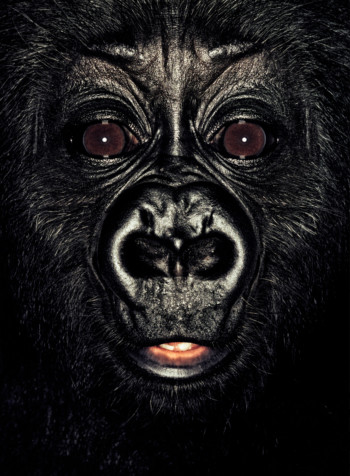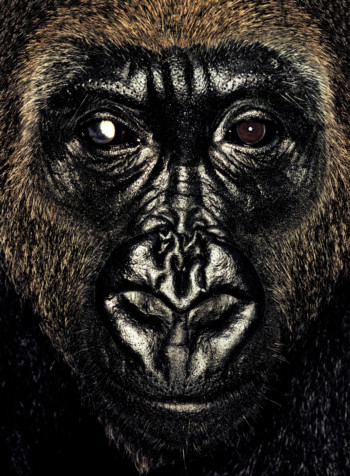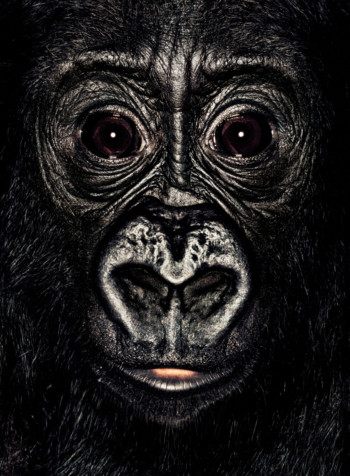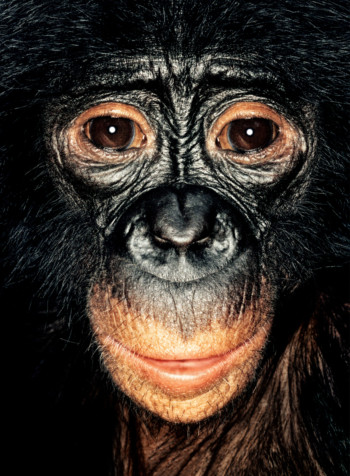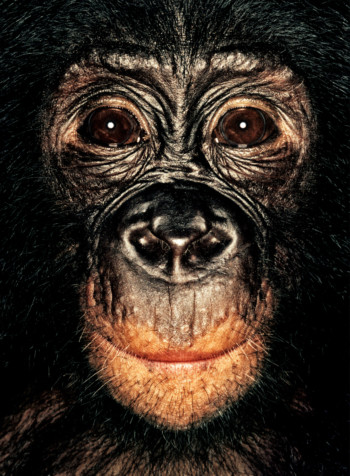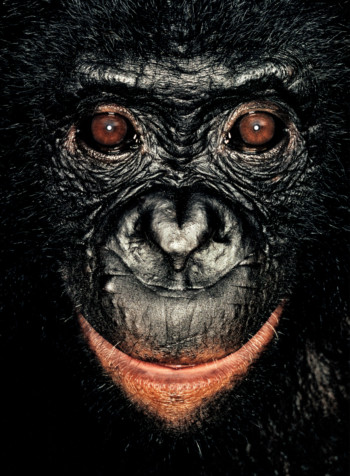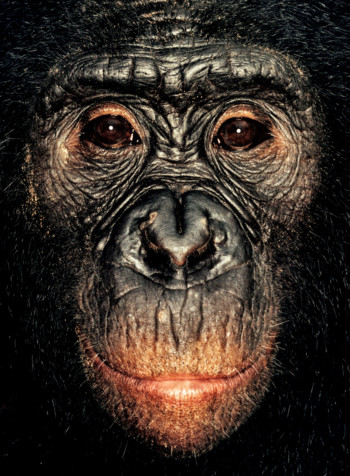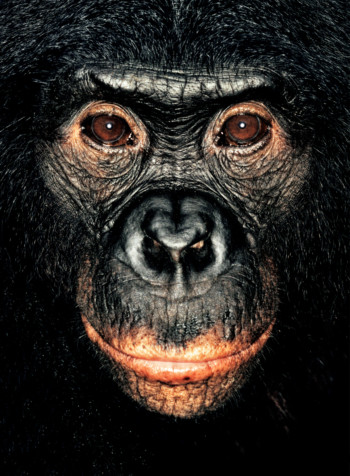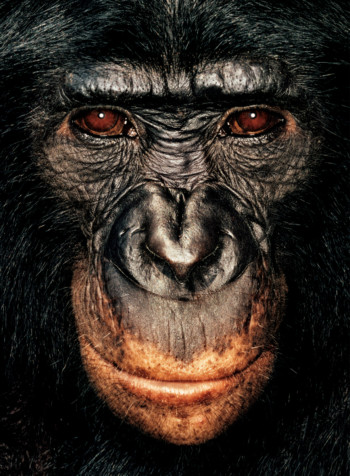Bored Apes Yacht Club (#BAYC) captures how chimpanzees act as avatars of our inner selves, of our past and maybe our future too. But yet we know so little about them. In 2020, chimpanzees managed to survive a zoo fire that gutted their enclosure – and no-one is quite sure how. Our closest relative remains a source of fascination to us, yet there’s so much we still don’t know. Own your own chimpanzee portrait.
#JAPES family tree part1: Chimpanzees
On the stroke of New Year’s Day 2020, in a small German town not far from Düsseldorf, a group of friends lit paper lanterns and watched them float off into the night’s sky. Hours later, miles away, one of the lanterns gently landed on the roof of an ape enclosure in Krefeld Zoo, called the Krefeld Gorilla Garden. The enclosure was home to chimpanzees, gorillas and orangutans. The lanterns set light to the tropical foliage that lined the enclosure, which was warmed by the zoo’s staff to resemble the environment of an African rainforest. Within a few minutes, the blaze began to circle the apes trapped inside. The fire gutted the entire building, leaving nothing but a charred shell; no human, let alone an ape, would be able to escape it, the zookeepers thought. Tragically, their guess was proved right. The gorillas and orangutans died of smoke inhalation and burns. But, somehow, two of the three chimpanzees inside the enclosure found a way to survive with only minor injuries. How they managed to do so remains something of an unknown.
In 2019, at the Loango National Park in Gabon, Africa, an adult chimpanzee named Suzee was observed by scientists as she inspected a day-old wound on the foot of her young son, Sia.
In recorded footage, Suzee can be seen studying Sia’s gashed foot. Then, quite suddenly, she starts to peer at the foliage that surrounded her in the dense rainforest. She plucks an insect from a nearby branch and carefully places it in her mouth. Then, as she holds Sia’s foot in her arms, she carefully applies the crushed insect to the wound.
Alessandra Mascaro, an evolutionary biologist, watched from her hideout as Suzee repeated the process again and again. Mascaro realised she was witnessing the first evidence of animals using insects as a form of self-medication, healing and care. Days after, Sia was walking normally. As Mascaro furthered her research, she realised that applying crushed insects to wounds was a widespread practice amongst Suzee’s troop in Loango.
In captivity, chimpanzees can be taught human languages. A female chimp named Washoe, born in West Africa but raised in America, knew more than 240 signs from American Sign Language, and taught some of them to her son, Louis, without prompting.
Humans and chimpanzees share 95 to 98 percent of the same DNA. Biologically, chimpanzees are more closely related to humans than they are to gorillas. They’re the only animals known to make advanced use of tools, and scientists now have evidence they use plants and insects as a form of medicine as well. As each year passes, humans learn more about our closest living relatives. But one thing is for sure – there’s so much we still don’t know, and are yet to find out.

